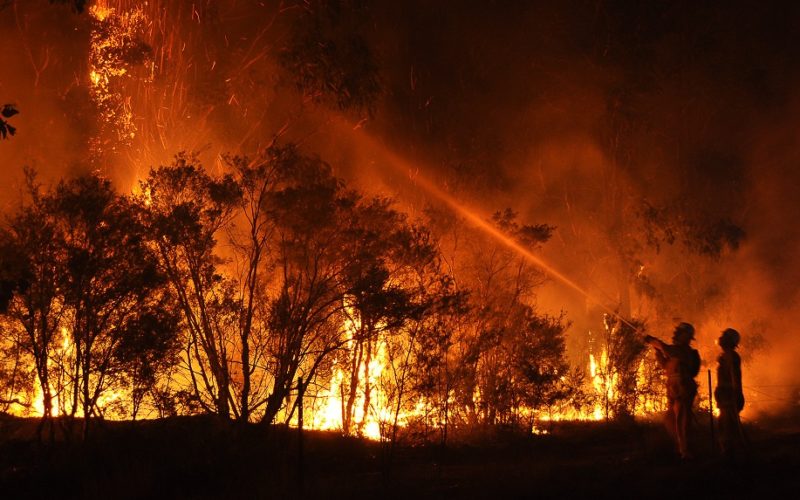
February 4, 2020
According to CNN, Australia is being emaciated by the worst wildfires seen in decades, with great wrappings of the country shocked since the fire season began in late July.
At least 28 people have died countrywide, and in the state of New South Wales (NSW) alone, more than 3,000 homes have been destroyed or damaged. State and federal authorities are stressed to contain the massive blazes, even with firefighting support from other countries, including the United States. For more information about bushfire, you can visit https://emergency.vic.gov.au/respond/
Reasons for Bushfires in Australia
The whole of the Australian continent is prone to bushfires. This is due to Australia’s hot climate, low rainfall and natural vegetation.
All this has been intensified by persistent heat and drought, and many point to climate change as a factor making natural disasters go from bad to worse.
Moreover, fire intensity and the speed at which bushfires spread will depend on fuel load, fuel moisture, temperature, wind speed and slop angle.
Conditions responsible for extreme fire:
Fire weather is determined by short term climate variables like temperature, humidity, wind, rainfall and evaporation that can change during the course of the day or even an hour. There are several factors that combine to create extreme fire weather. Wind speed is the primary factor. Temperature and dryness of weather are also contributing factors. These affect the moisture content of fuels such as twigs, bark and leaves. The lower the moisture content, the easier it is for the fuel to ignite and burn. Once, a fire begins, fire weather and topography affect the behaviour of bushfires in terms of the rate of spread, the height of flames, the intensity of heat released and so on.
Impact of bushfire
Direct impacts: Over 18 million hectares have burned in the Australian bushfire season 2019–2020 as of mid-January according to media reports, destroying over 5,900 buildings including over 2,800 homes. In addition to human fatalities, many millions of animals are reported to have been killed.
Public health: Wildfires produce harmful smoke which can cause fatalities. Wildfires produce fine particle air pollution, which is directly threatens human health even during relatively short exposures. Close to the fires, smoke is a health risk because it contains a mixture of hazardous gases and particles that can irritate the eyes and the respiratory system. The effects of smoke exposure and inhalation range from eye and respiratory tract irritation to more serious disorders, including reduced lung function, bronchitis, exacerbated asthma and premature death. Exposure to particulate matter is the main public health threat from short-term exposure to wildfire smoke.
How can we prevent the wildfire?
Things you can do to help include:
- Regularly mowing the grass and raking up leaves.
- Removing weeds and pruning bushes and trees.
- Keeping garden beds moist through mulching or other non-flammable ground covers like pebbles.
- Regularly clearing leaves from gutters, roofs, downpipes and around the base of trees.
- Maintaining a well-watered lawn (complying with water restrictions).
- Storing flammable or combustible materials such as woodpiles and rubbish away from your house.
- Ensuring that your garden hoses are long enough to reach all areas of your property.
- Making sure that any fire hydrants near your home are accessible and unobstructed.
- Creating a personal protection kit (goggles, gloves, hat, boots and cotton trousers and long sleeved shirt).
- Storing mops and buckets together.





